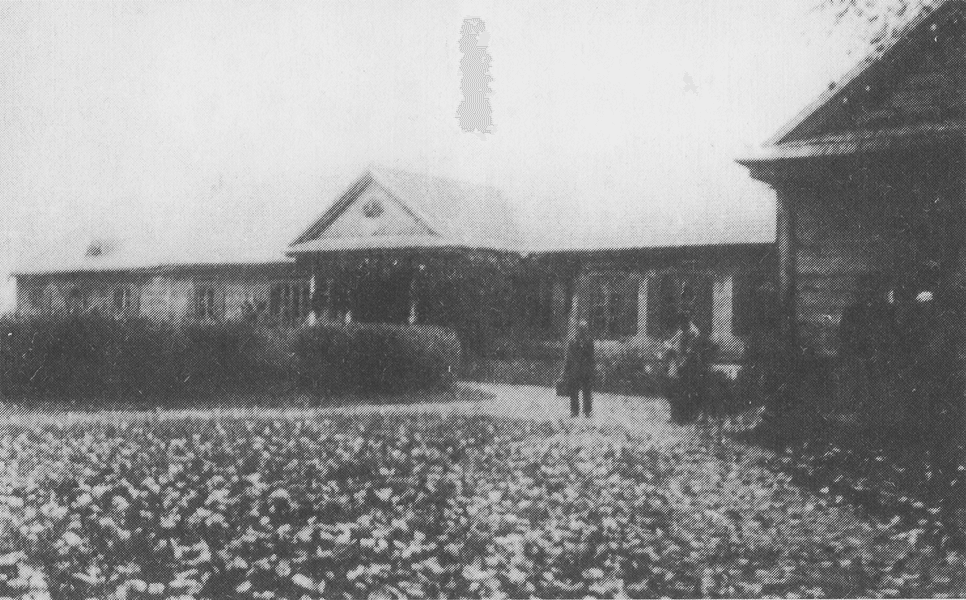Zamostye. Yelsky Manor Park.
Landmark
Belarus, Minsk region, Pukhovichi district, Zamostye.
Description
In the village of Zamostye, Pukhovichi district, a landscape park and a pond have been preserved on the site of the former estate of the Yelsky family. The manor house in Zamostye was built already in the 1860s by Alexander Yelsky. The estate included a palace, an orchard, a park with ponds and outbuildings. The palace was wooden and rectangular in plan.
In the palace, A. Yelsky created a museum of antiquities and assembled a large library. There was also a collection of paintings by famous artists from Belarus and Europe. Some of the books from the Yelsky library are in the National Library in Minsk.
Categories
Historical
Park area
Comments
Reviews to the Place
1Алег Дзьячкоу
12.03.2025
Zamostye. Yelsky Manor Park.
In the Pukhovichi district, in the village of Zamostye, an ancient park has been preserved, which used to be at the estate of the famous Belarusian Yelsky family.
Originally, during the time of the Grand Duchy of Lithuania in the 18th century, the estate in Zamostye belonged to the Prozor family. Since 1785, Zamostye and the neighboring town of Dudichi passed to the Yelsky family. The first owner here was Stanislav Yelsky, and then his son Karol Yelsky.
The manor house in Zamostye was built already during the time of the Russian Empire in the 1860s. Alexander Yelsky, who was the youngest son of the king, built the estate. Alexander received the estate in Zamostye in 1857. After Alexander's death, the property passed to his son Jan in 1916.
The manor was built on the banks of the Ptich river. The estate consisted of a master's house, an orchard, a park with ponds and outbuildings, of which there were more than a dozen.
The master's palace had a rectangle in plan. The building is wooden, one-story, built on a high plinth. The sheltered building had a shingle roof. The front facade is decorated with a portico with four columns. The palace had a collection of ancient paintings, prints and a library. A chapel was built in the palace. An entrance alley led to the palace through the orchard. There was another alley of poplars along the edge of the estate. There was a small landscape park near the Palace. There were two small ponds in the park.
In 1864, A. Yelsky created a museum of antiquities and a library in the palace: 20 thousand manuscripts and documents, 7 thousand books, 1 thousand engravings, a numismatic collection, and archaeological finds. The collection of paintings included works by world–famous artists: Rubens, Veronese, as well as Belarusian artists - John Damel, Apollinarius Garavsky, Valenti Vankovich and others.
Before the First World War, the collections were taken to Krakow. The landscape park and pond have been partially preserved to this day. There are photos of the palace and the chapel, the interiors of the building.


-1741786091038.jpg&w=3840&q=75)
-1741786091053.jpg&w=3840&q=75)
_(2)-1741786091081.jpg&w=3840&q=75)
-1741786091125.jpg&w=3840&q=75)